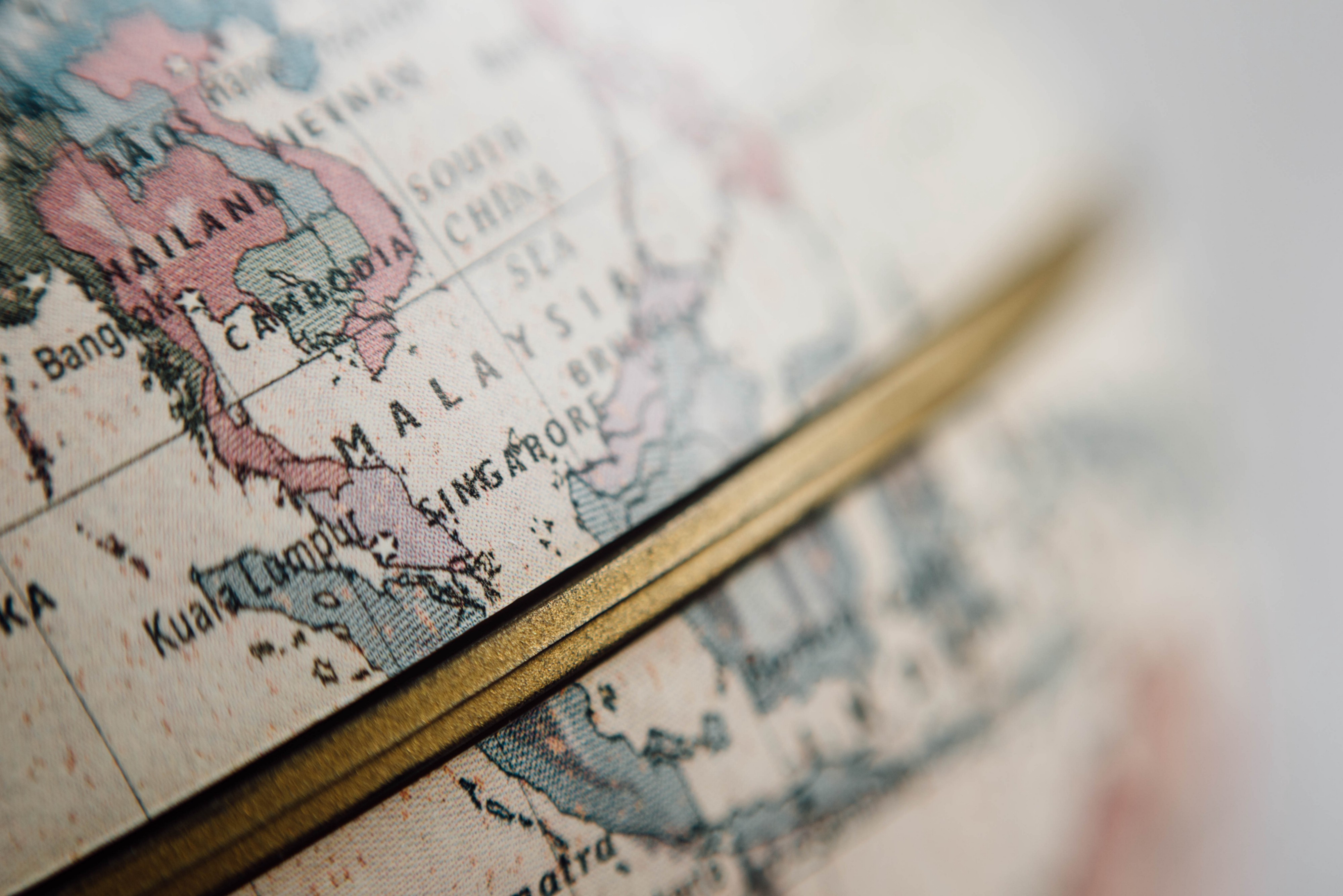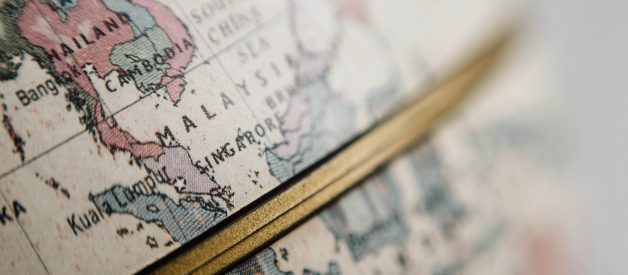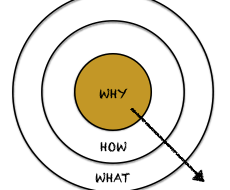 Photo by chuttersnap on Unsplash
Photo by chuttersnap on Unsplash
Bahasa Melayu and Bahasa Indonesia are the two standardised registers of Malay. Stemming from the same source, the two languages are mutually intelligible. However, there are significant differences in vocabulary and pronunciation. Linguistically, the relationship between the two is more distant than that between British and American English, but closer than that between Spanish and Portuguese.
One of the primary differences between the two languages are the influences that have shaped the language in Indonesia versus the rest of the Malay world. Malaysia is a former British colony, whilst Indonesia is a former Dutch colony. Thus, Bahasa Melayu tends towards English loanwords, while Indonesian tends to borrow from Dutch. For example, the word towel is called ?tuala? in Malay, phonetically borrowing from the English word, whilst in Indonesian towel is ?handuk?, from the Dutch word ?handdoek? and similarly from the German word ?handtuch? (literally hand cloth). The Portuguese have also had an influence on language in the region: Indonesians call Christmas ?Natal?, while generally in Bahasa Melayu it is called ?Krismas?. Similarly though, both Indonesian and Malay use the word ?meja?, as influenced by ?mesa? for table, in Portuguese.
 Photo by Andrew Neel on Unsplash
Photo by Andrew Neel on Unsplash
There is also a cultural element that plays into the way these languages develop. Indonesia is an incredibly diverse nation spanning an archipelago of islands. The country is home to countless languages and ethnic groups with Bahasa Indonesia serving only as a lingua franca. Because of this diversity, Indonesian culture, as it were, is more open to different influences and more flexible when it comes to their language. As a result, Indonesian borrows much more heavily from other languages, both internally and globally, and is continuously infused with new words. Malaysia on the other hand was in the past a more homogenous society. Thus, Malaysians tend towards preserving the purity of their Malay. This bears out in the fact that despite Malaysia being a former English colony, Indonesian now has more English loanwords that are used interchangeably with their Indonesian equivalent.
Even when Bahasa Indonesia and Bahasa Melayu do use the same words, oftentimes they have very different meanings. ?Tandas? in Indonesian means to accentuate. In Malay it means toilet. ?Percuma? in Malay means free, while in Indonesia it means useless. This is just a small sample of words that could potentially cause confusion. In many other cases an innocuous word in one language is a lot less family-friendly in the other.
In Malaysia, Brunei and Singapore, Bahasa Melayu refers to the Malay that they speak as well as to the Malay language as a whole. In Indonesia, by contrast, Bahasa Melayu refers specifically to the language of indigenous Malays, and is classified as a regional language belonging to particular regions or ethnic groups. That is to say Indonesia classifies Malay as a separate language from their national language Bahasa Indonesia.
Perhaps that is the most important difference of all. While the Malay world is united by their Malay language and consequently their Malay identity, Indonesia has co-opted the Malay language as a means of unifying their own diverse peoples. Indonesia has claimed Bahasa Indonesia as their national language and is developing it separately from Bahasa Melayu in ways that suit its own country?s needs. Yet the very fact that Bahasa Indonesia is based on the language of their neighbours to the west facilitates connection and exchange within the entire region.
by Michael Chen and Dewi Fitzpatrick


